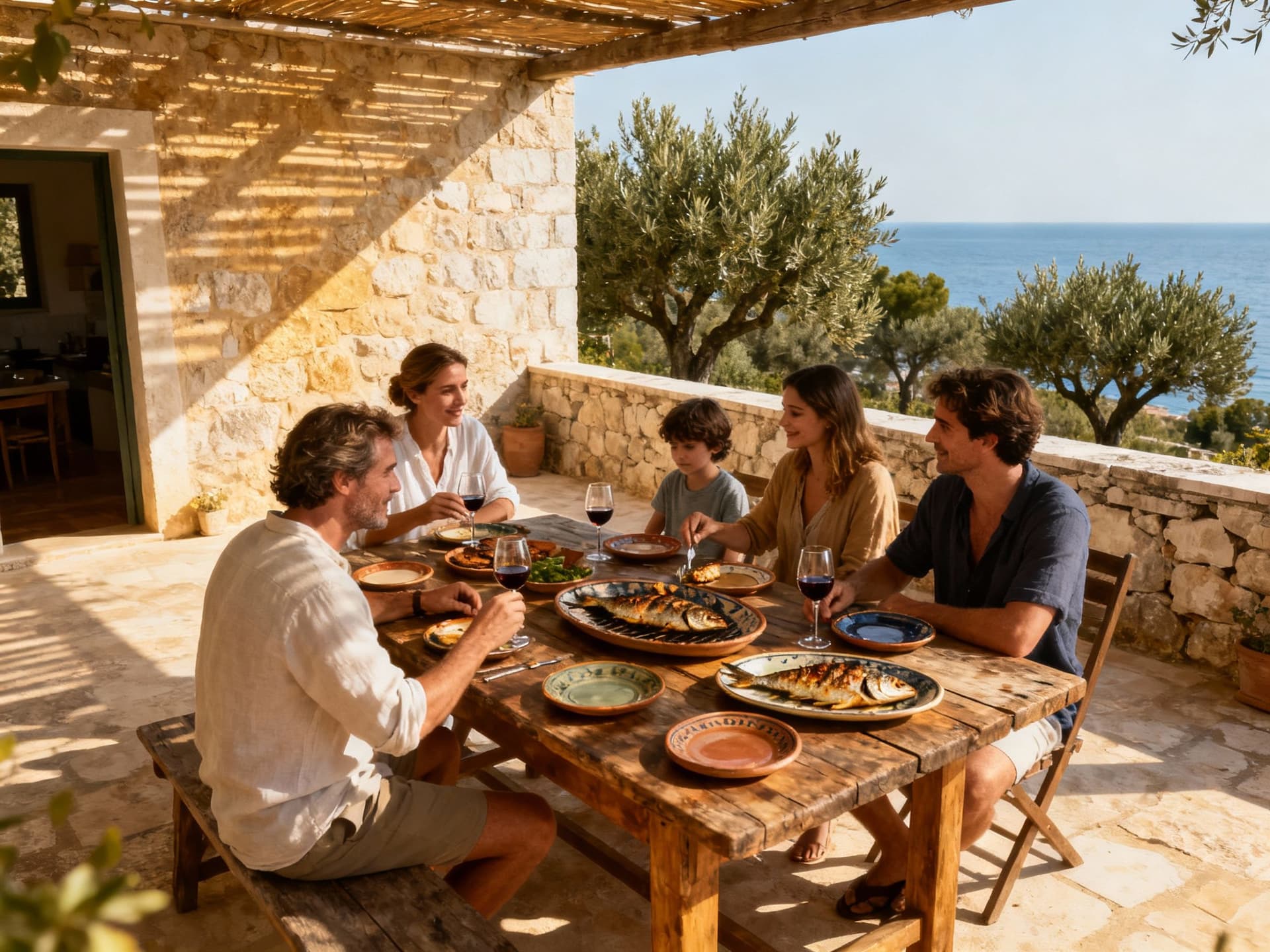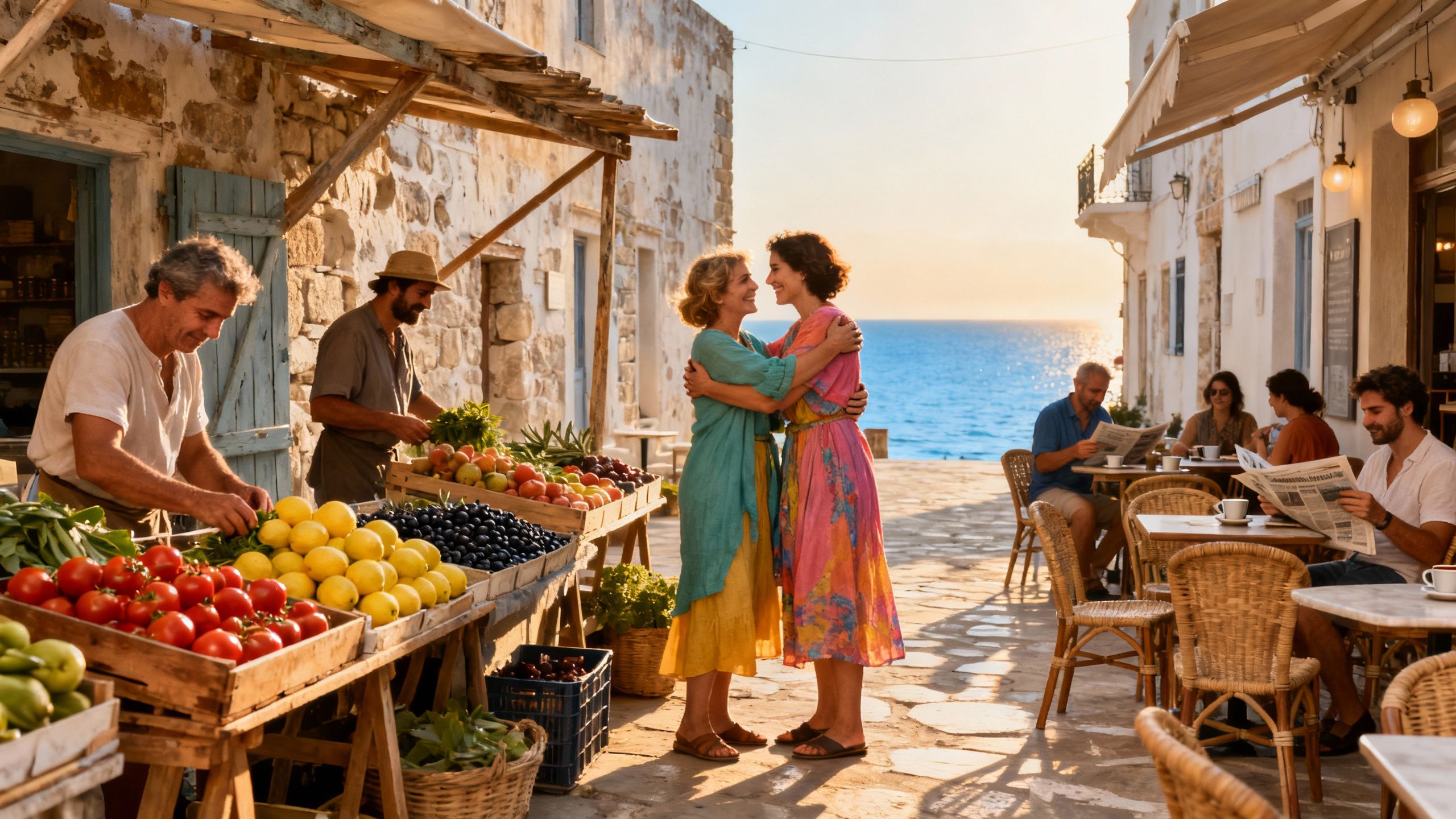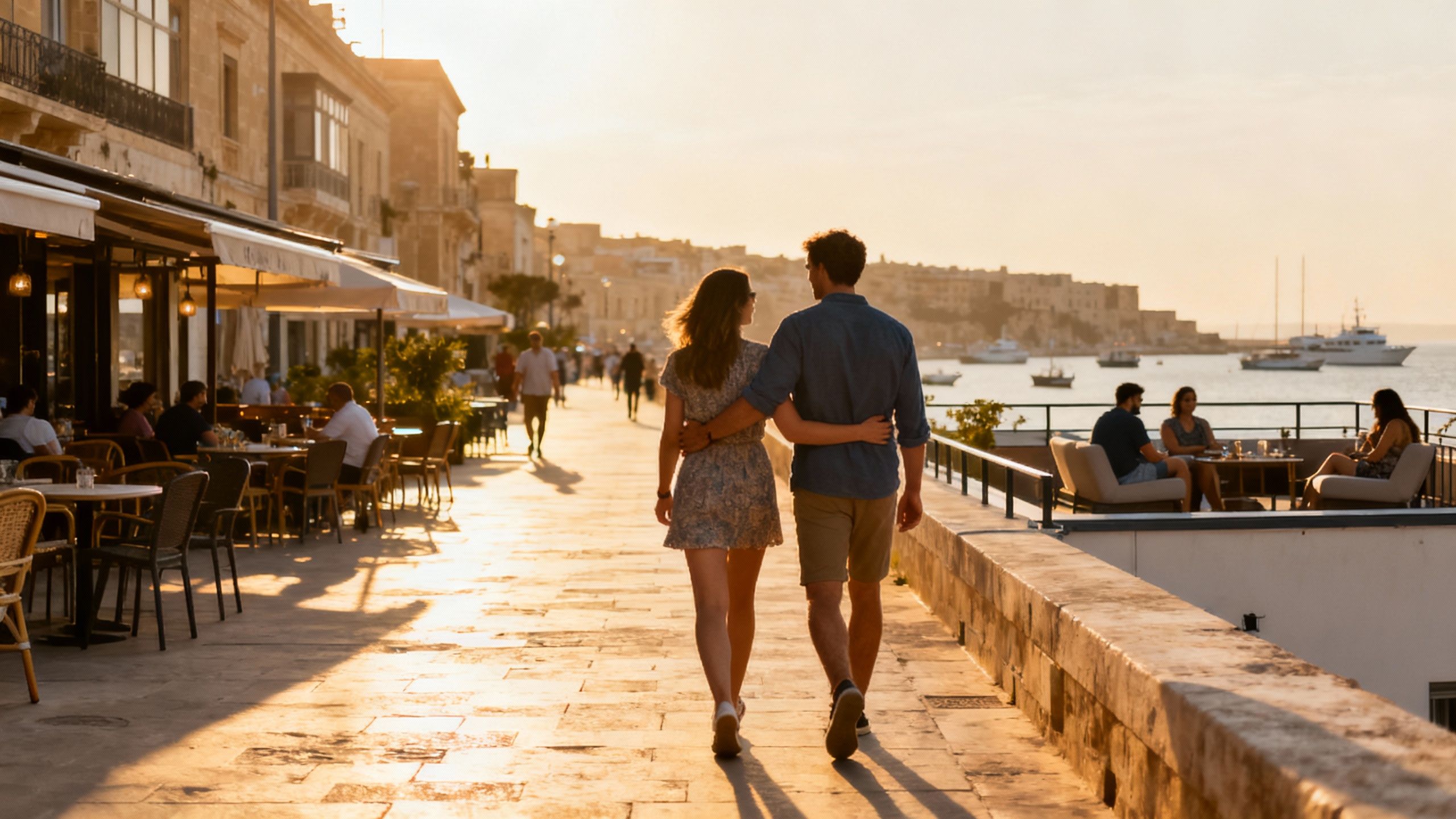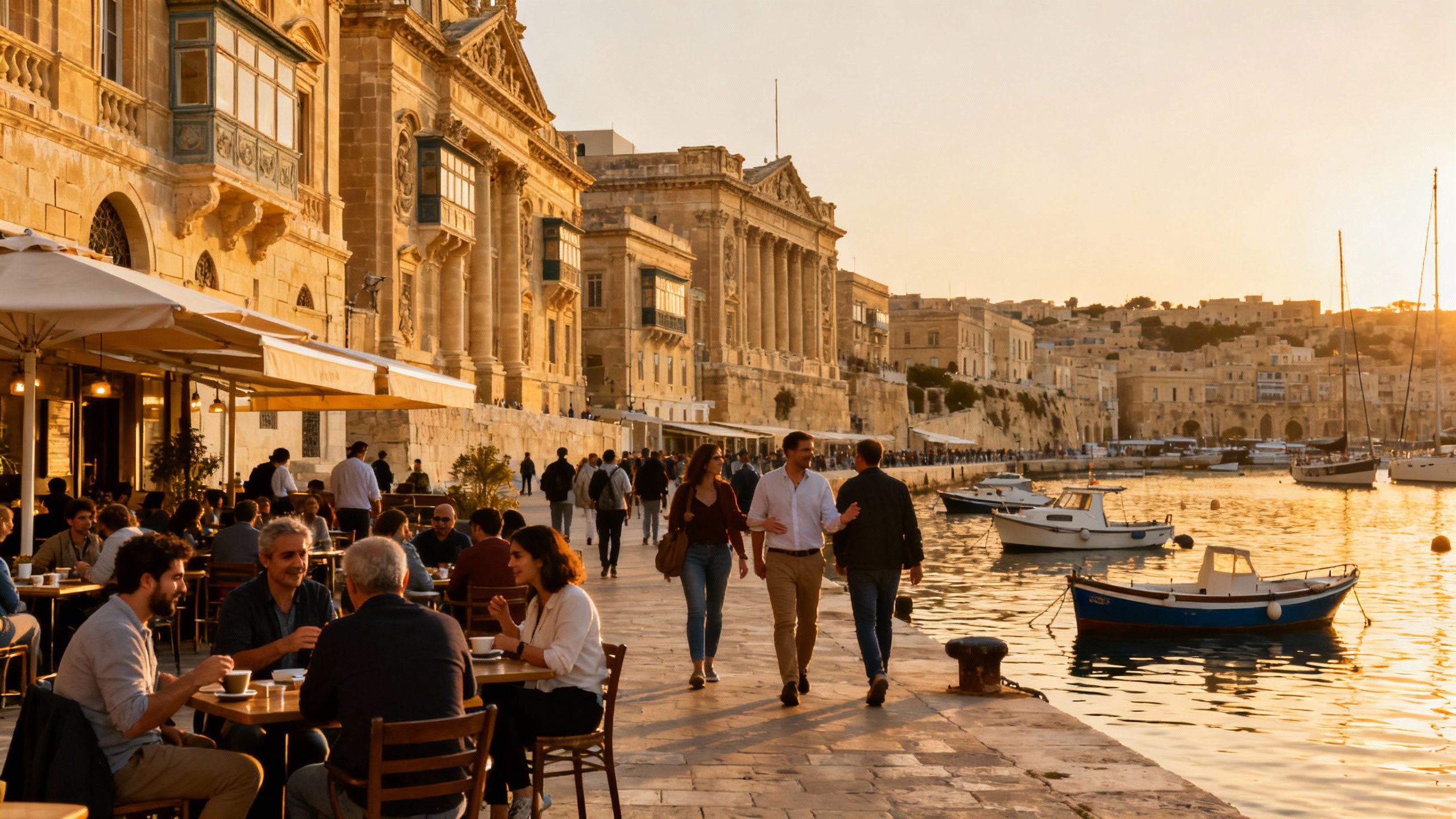Croatia’s Property‑Tax Shift: What Coastal Buyers Should Budget
Croatia’s new per‑m² property tax and existing VAT/transfer regimes mean annual holding costs now shape purchase choices — budget beyond price and prioritise quality.
Imagine waking to the salt air of a Dalmatian morning, espresso cooling on a carved stone window ledge in Split, while your property—sea views, shuttered facades, olive trees—sits quietly accruing a new kind of cost. Recent market analysis shows Croatia is shifting more of the tax burden onto property itself, and for buyers imagining a life on the Adriatic coast that change alters both budget and stewardship expectations. Knowing what to expect will keep the romance intact and the numbers honest.
Living the Croatian lifestyle — mornings, markets and masonry

Croatia moves in rhythms set by sea and season. Weekends begin at open-air markets—Riva in Split, Dolac in Zagreb, the fish market beneath Dubrovnik’s old city walls—where vendors call the catch and bakers lay out warm burek. Streets in coastal towns are narrow and sun-warmed; stone facades glint like quiet promises. If you buy here, daily life will be a series of small rituals: morning coffee at Café Bar Provoda on Vis, a late-afternoon walk along Trogir’s waterfront, supper of grilled branzino and a glass of pošip as the town settles into evening.
Neighborhood texture: Split’s Diocletian quarter and quieter alternatives
Within Split, the Diocletian walls offer a life of narrow lanes and historic masonry, while neighborhoods like Meje and Sustipan offer quieter terraces, pine-scented promenades and villas set above the sea. For buyers who prize immediate cultural immersion, the old town provides cafés and galleries at your doorstep; for those who value privacy and garden space, the hill suburbs deliver afternoon shade and distant views.
Food, markets and the pace of gatherings
Eating in Croatia is local by design: olive oil, Dalmatian prosciutto, sea-salted greens and island wines. Seasonal festivals—truffle fairs in Istria, summer open-air concerts in Zadar—shape property desirability more than glossy amenity lists. For buyers this means prioritising proximity to markets and community life over transient luxuries; a kitchen that opens to an herb garden buys you more daily pleasure than a rooftop pool you rarely use.
- Lifestyle highlights to seek when viewing properties:
- Morning market stalls (Dolac, Split fish market) within easy walking distance
- Proximity to small harbours or promenades for daily walks and social life
- Neighbourhoods with mixed uses—cafés, artisan shops, a bakery—rather than purely tourist zones
Making the move: how Croatia’s tax shift changes the calculus

The Croatian government’s proposal to tax properties per square metre—ranging from roughly €0.6 to €8.0/m² and effective from January 1, 2025 according to reporting—means annual carrying costs will matter as much as purchase price for coastal homes. For international buyers this erases the illusion that property is a once‑only cost; the long view must now include recurring landholding taxes and differentiated treatment for short‑term rentals versus long‑term lets. (See the Reuters summary for legislative intent.)
Property taxes, VAT and transfer tax — what to expect
Two transactional regimes dominate: resale purchases typically incur a 3% real estate transfer tax, while new-builds sold by developers are often priced with 25% VAT included. Rental income, capital gains and VAT treatment differ depending on whether you operate as an individual or through a company and whether the letting is touristic or residential—matters that affect net yield and tax reporting obligations.
How the new per‑m² tax changes purchase priorities
Where once buyers could chase maximal square metres for their budget, the per‑m² levy nudges buyers to prioritise quality over quantity: better insulation, heritage restoration that commands stewardship exemptions, properties rented long‑term (which may be exempt), and locations where a smaller, well‑specified home affords the lifestyle once sought in larger but less efficient dwellings.
- Budgeting steps to model before making an offer:
- Estimate the annual per‑m² charge for your municipality and multiply by the property’s usable area
- Add expected local property tax, building maintenance and insurance to get recurring costs
- Compare total annual holding cost to projected rental yield or personal use value
Insider knowledge: mistakes expats often make (and how to avoid them)
I’ve seen buyers fall for a vista and neglect the ledger. Common errors: assuming annual costs are negligible, treating tourist demand as a constant, or buying in zones with complex rental rules. For those arriving without Croatian language skills, it is tempting to rely solely on an English‑speaking agent; instead, a local lawyer who reads municipal tax ordinances is indispensable.
Cultural and legal nuances that reshape ownership
Local custom values long‑term family stewardship. Municipalities may favour owners who offer long‑term rentals over short‑term tourist lets. Language matters in negotiations; notarised contracts are in Croatian and the land registry is the final arbiter of ownership, so translations, certified copies and a trusted local notary are essential to avoid surprises.
When a property’s beauty masks a fiscal red flag
- Red flags to spot during initial viewings:
- Unclear cadastral records or disputed boundaries
- Properties listed as tourist accommodation near strict short‑term rental zones
- Buildings with poor thermal performance that will attract higher per‑m² charges or renovation costs
Practical next steps — combining romance with rigour
Before making an offer: obtain a municipality‑specific per‑m² estimate, insist on a full land registry extract, and ask your lawyer to model five years of holding costs (taxes, maintenance, insurance). Consider forming a local company if you plan structured lettings—corporate tax rules and VAT thresholds differ and may offer efficiencies for commercial activity.
- A suggested due‑diligence checklist:
- Land registry extract and proof of seller’s title
- Municipal tax schedule and expected per‑m² levy
- Detailed renovation estimate including thermal upgrades
- Tax model for projected rental scenarios (short‑term vs long‑term)
When you pair a precise tax model with the lived realities—market rhythms, festival seasons, neighbourly customs—you transform purchase anxiety into stewardship. A modest, well‑insulated home in an authentic neighbourhood can deliver more of the Adriatic life you seek than a showpiece that costs you twice each year in holding charges.
If you’d like Villa Curated’s approach: we look for properties where architecture, material quality and location reduce ongoing costs—stone facades that age gracefully, compact floorplates that favour thermal efficiency, access to long‑term tenants where allowed—and we pair that with a tax model so you know the true cost of living the Croatian life.
Conclusion: the Adriatic’s appeal endures, but buying here now asks for a different calculus. Budget beyond purchase price, prize provenance and thermal performance, and insist on municipality‑specific tax modelling. Do that and the mornings in Split, the markets in Zadar and the quiet terraces of Vis will feel both inevitable and responsibly chosen.
Dutch former researcher who moved to Lisbon, specialising in investment strategy, heritage preservation, and cross-border portfolio stewardship.


